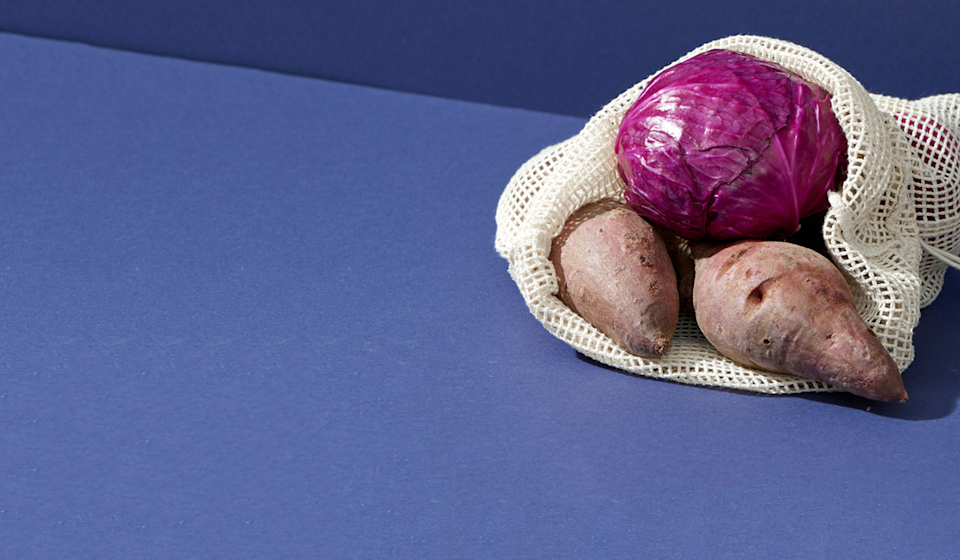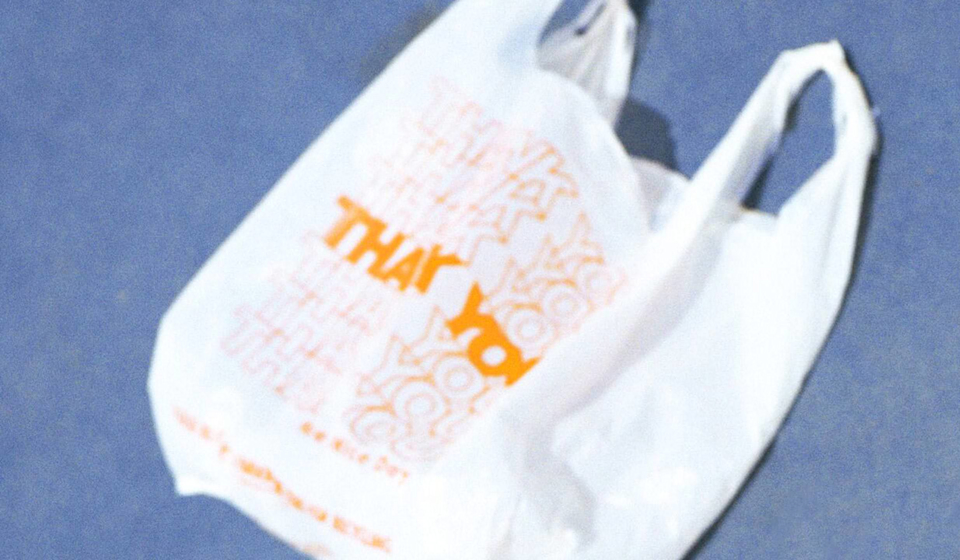Essential Takeaways
- Our partner Food Forward is on a mission to bridge the gap between unnecessary food waste and food insecurity in Los Angeles.
- They’re sharing some of their pro tips for reducing food waste in your own household—small steps that can make an impact on the environment and the broader community.
We talk a lot about nutrition gaps at Ritual. But we can’t overstate the biggest one of all: that despite the prevalence of food insecurity (which impacts 1 in 9 US households), up to 40% of food is wasted in the US every year. (1,2)
It’s why we're a proud partner of Food Forward, a non-profit organization working to redistribute surplus food to families experiencing food insecurity in Southern California.
“As of 2019, 870 million people experienced food insecurity on a global level,” says Laura Jellum, Outreach & Communications Director at Food Forward. “That's a huge number, but if we prevented just 25% of all global food waste, we would have enough food to help close this gap–assuming we also had adequate systems in place to redirect that food as well.” That’s not even to mention we’d start to offset the environmental load of producing all that wasted food in the first place. (3,4,5)
It might seem like a daunting task, but the truth is that even making small changes at home can add up to a major difference. Check out Food Forward’s easy pointers for reducing food waste below.











